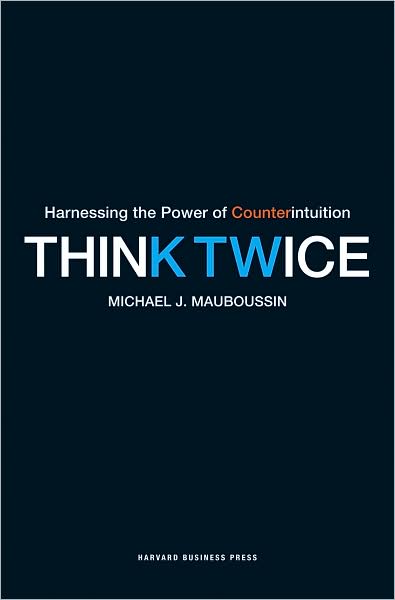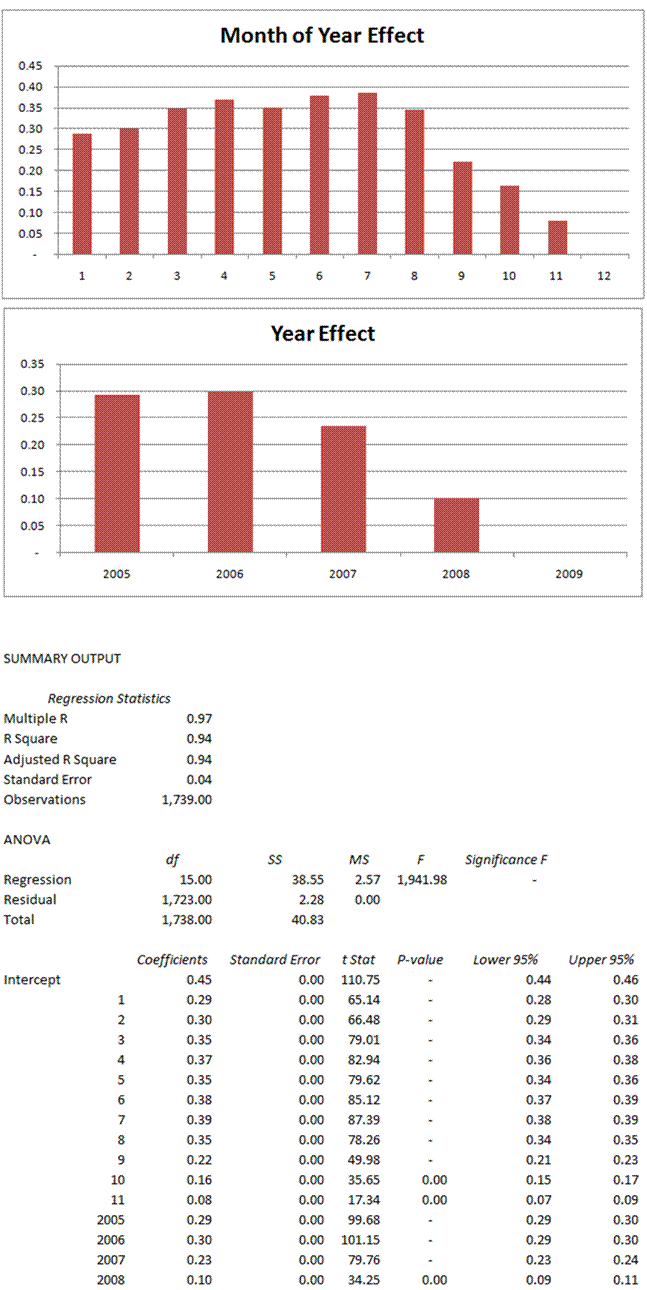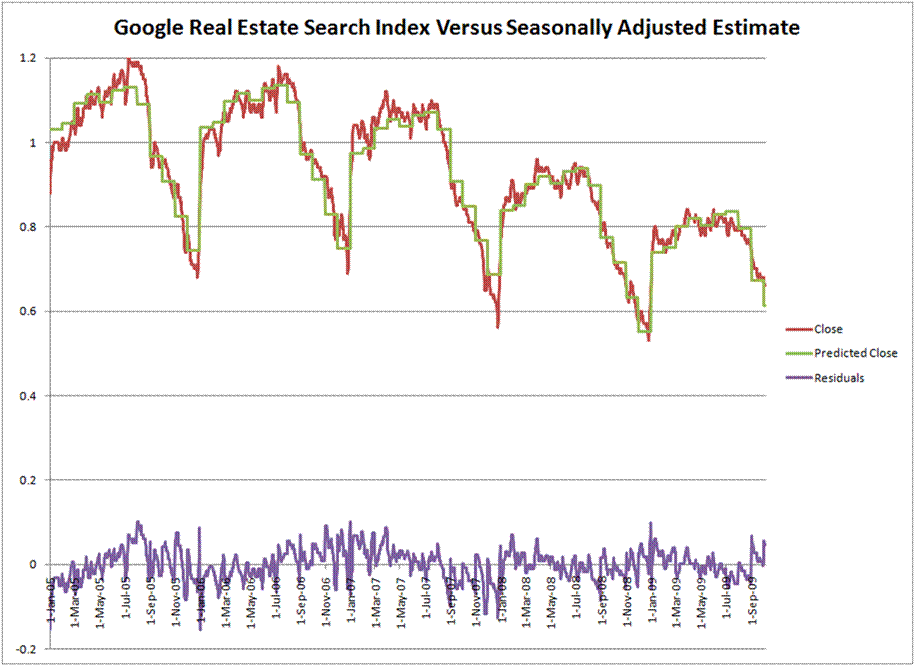On Dual Share Classes
My research sometimes takes me into the nooks and crannies of finance.? I know it is wonky, but I actually enjoy tearing into complex prospectuses in order get a sense of where value is.
One of my current projects is on large companies that have more than one share class.? Some easy questions:
- How many companies are there in the US with more than $1.5 billion in market cap? 1,045.
- How many of them have have more than one common share class?? 103, or roughly 10%.
- How many of the 103 companies extra share classes trade more than one thousand dollars worth of volume per day?? 28.
- How many of the 103 companies extra share classes trade more than one million dollars worth of volume per day?? 11.
Why are there dual share classes?? Usually, it is because a founder that prized control had a financing need for which equity was the right choice, but he decided that he did not want to give up control.? So, he issued equity with lesser voting rights at a discount to the shares with greater voting rights.
In most cases, there are covenants that protect dividend rights and liquidation rights of the lesser voting shares.? The difference in the share prices of different classes of stock often boils down to the value of what a vote is worth.
Now what of those 11 companies where liquidity is adequate in the dual shares?? There is the opportunity for arbitrage in synthetically buying votes cheap and selling them dear.
Now, this is not a large trade.? Indeed, this is not big enough to begin a hedge fund around.? But it could be of value to enhanced indexers that are trying to outperform their benchmarks by a small amount.? The lesser voting shares, particularly at an extreme discount offer higher yields, and a better return in a change of control.? The loss is a lesser degree of control — you are on the back of the bus and other investors
This presumes that there are covenants on the various share classes for equal treatment in a change of control, and/or that there are rules to govern dividend policy, giving the same or superior treatment to those with a lesser voice.? That is normally the case, but when I was younger, I ran into a case with a micro-cap stock (Cerbco, aptly named for the mythic three-headed dog of hell) where the supervoting share class received a higher price in an asset sale.
This isn’t going to be too much use to the average investor, except to say when you look at buying a company with dual share classes, do this:
- Review the EDGAR filings to see the benefits of each share class.? Be wary of situations where lesser voting shares lack protection.
- See whether the classes trade adequate volume (or at all) for the size of the position you want to have.
- Review the price series for each share class, and review how wide or narrow the differential can be.? When near extremes in the values, shift to the class that is undervalued.? Sell votes dear, buy them cheap.? This works better in a tax sheltered account.
Where this has the most punch is for tax-sheltered index investors that want to enhance their indexing.? It won’t shoot the lights out, but using this on the 11 companies with decent volume, it would likely offer 5 basis points of outperformance versus a pure index portfolio, and more, if your trader is good.? My clients do/will get more specific advice on the eleven companies, but I put this out to my blog readers to give them a general idea of what to do as small investors when faced with multiple share classes.
-==–=-=-=-==-=-=–=-=-==-=-=-=-=-=-=–=-=-==-=-
One final note: Berkshire Hathaway was an exception (isn’t it always?) with respect to why it has a second share class.? Buffett didn’t need more financing when he created the “B” shares.? He noticed that a small cottage industry grew up to allow investors to buy fractional shares of Berky.? What annoyed him was that the providers were taking a significant annual cut off of the fractional shares.? So, Buffett outcompeted them by creating a second class with lesser voting rights than the “A” shares, and 1/30th of the economic value of an “A” share.
This also allowed Berky investors to be able to gift shares under the gift tax limit.? (Thanks Dr. Bob, I did not know that, but it makes perfect sense.)
Now, for index investors, that doesn’t help, because Berky is not in any of the indexes (though I think it should be), aside from the NYSE Composite (no one follows that).? There’s still a smallish noisy arb there for those who want to play it.? Thanks, Climateer.
So it goes.? On to review some deal arbitrage…. enhanced indexing can be fun. 😉
Full disclosure: no positions in companies mentioned.





